Respiration Effort (piezo-crystal based) Sensor Kit for the ActiveThree from BioSemi. Kit includes one respiration sensor and two bands (sizes L and XL). Terminates in a 6-pin Touchproof (TP) connector.
This Respiration Effort Sensor is specially designed to work with the ActiveThree EEG system from BioSemi. It is a piezo-crystal based respiration sensor for measuring changes in thorax or abdominal circumference. The respiration belt comes pre-assembled with a 2m connection cable that terminates in a 6-pin Touchproof (TP) connector.
Piezo-Crystal based respiration effort sensors convert thorax (chest) or abdominal respiration movement to a small analog voltage that provides a clear, reliable indication of respiration waveforms. The sensor may be connected to any AC (low-level) channel on the biosignal acquisition system.
This Piezo-Crystal Respiration Effort Sensor comes as a kit and includes:
- Piezo-Crystal Respiration Effort Sensor, Adult size, Double Loop
- Large (L) Stretch Band (132cm x 3.81cm)
- Extra-Large (XL) Stretch Band (192cm x 3.81cm)
Technical Specifications
- Sensor Technology: Piezo-Crystal
- Cable Length: 200 cm
- Belt Length:
- Large (L): 132cm
- Extra-Large (XL): 192cm
- Belt Width: 3.81cm
- Connectors: 6-pin Touchproof (TP) Connector
- Operating Conditions: 5 °C (40 °F) - 40 °C (104 °F)
- Storage Temperature: -20 °C (-4 °F) - 60 °C (140 °F)
- Operating and Storage Humidity: 5% - 95% (non-condensing)
- Compatibility: ActiveThree, BioSemi
- Packaging: 1 x Respiration Effort Sensor Kit per pack (includes sensor and two stretch bands)
Application Notes
Positioning the Sensor
- Select the proper size band for the patient.
- Strap the sensor bands around the patient’s abdomen or chest, over the nightclothes. Make sure the sensors do not touch the skin.
- Select the area on the chest/abdomen where the bands will not slide out of place during the night. The sensor box should be slightly off the center line of the body. * When using double tab sensors, make a small “wave” of loose band under the sensor.
- Gently tighten the bands to secure them in place. There will be interference, (noise) with the signal if the bands are too tight or too loose.
- Tape the cable approximately five inches away from the sensor to reduce strain and enhance reliability.
- Check that clear, strong signals are being transmitted before leaving the patient.
Cleaning the Sensor
- Wipe the sensor and cable with a non-corrosive (to plastic) cleanser to clean before use.
- Make sure the complete sensor assembly is thoroughly dry before reusing it.
- Do not soak the sensor in disinfectants.



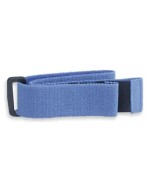

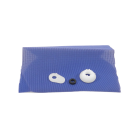
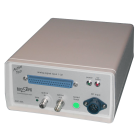
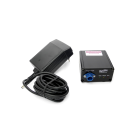
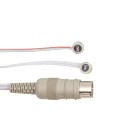
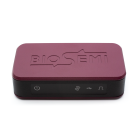

 Australia & New Zealand
Australia & New Zealand  Canada
Canada  European Union (EU)
European Union (EU)  France
France  Germany
Germany  Japan
Japan  Switzerland
Switzerland  USA
USA  International
International